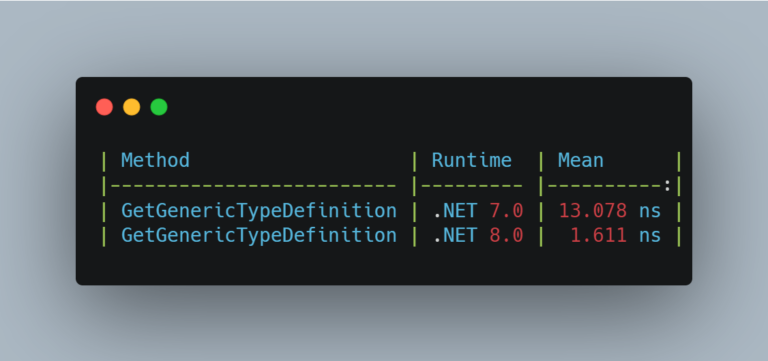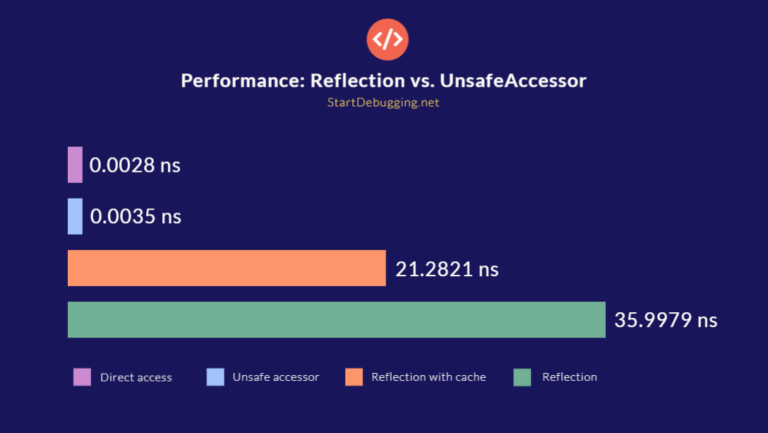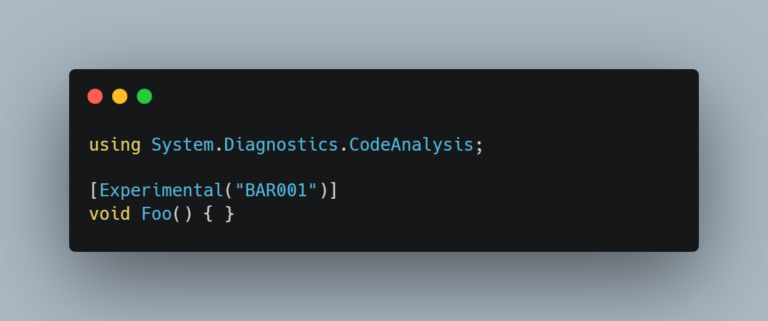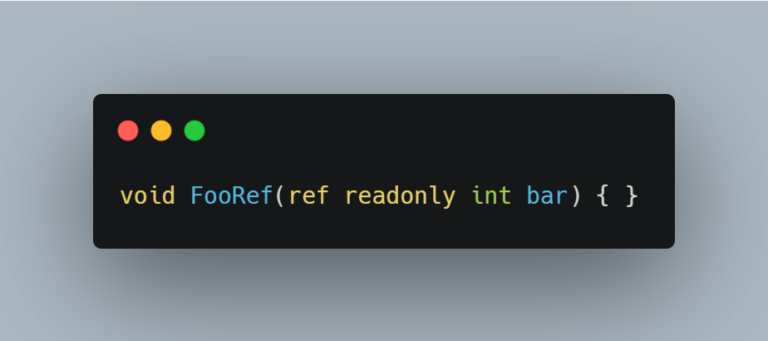C# Randomly choose items from a list
In C#, you can randomly slect items from a list using Random.GetItems, a method introduced in .NET 8. The method takes in two parameters: There are two important things to note about this method: With all this being said, let’s take a few examples. Let’s assume the following array of choices: For selecting 2 random…



